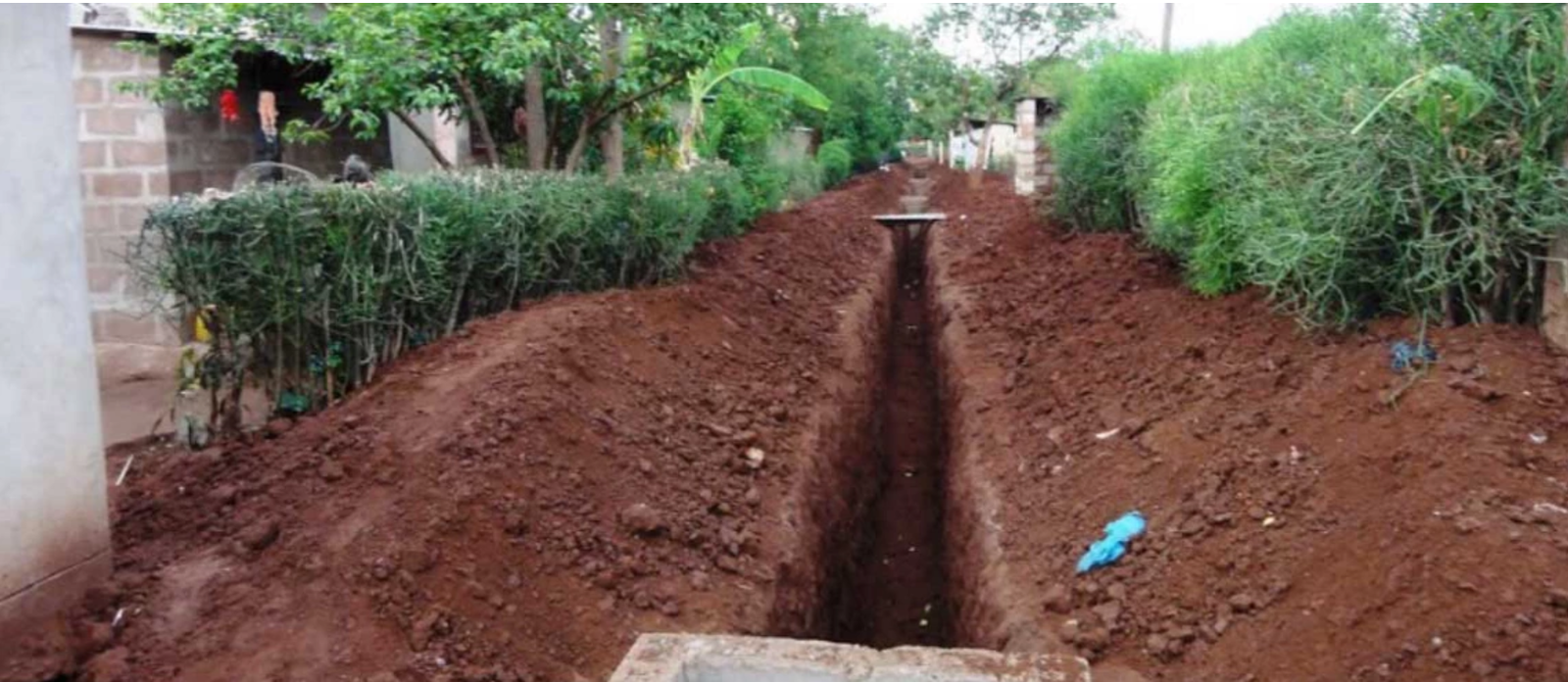We’re excited to share lessons from our recent work on the Lusaka Sanitation Project in Zambia but before delving into the recent progress achieved, it\’s crucial to grasp the magnitude of the sanitation challenge in the country. Insufficient access to sanitation facilities has long been an issue in Lusaka, the capital of Zambia, leading to waterborne diseases, environmental degradation, and a significant loss of GDP. To address it, the government embarked on an ambitious program aimed at improving sanitation services, increasing the overall access rate (which stood as low as 58%), and strengthening the capacity of the Lusaka Water Supply and Sanitation Company (LWSC) to manage sanitation services.
Driven by a collaborative effort between government agencies, multiple International Financial Institutions (IFIs) including the World Bank, the European Investment Bank (EIB), Kreditanstalt für Wiederaufbau (KfW), the Bill and Melinda Gates Foundation (BMGF) and the African Development Bank (AfDB), as well as non-profit organizations and local communities, support to the Lusaka Sanitation Project was designed to address multiple facets of the sanitation crisis. Its approach encompassed infrastructure development, community engagement, behavioral change campaigns, and policy reforms.
We are gratified that the program paid off. Increased access to sanitation facilities resulted in reduced incidence of waterborne diseases, improved environmental hygiene, and enhanced quality of life for residents. Key results include:
- Increased access to sanitation facilities: the project improved sanitation for approximately 345,000 people (exceeding the target of 305,000 beneficiaries, of which 50% are women). This contributed to greater sanitation access in peri-urban areas, where most of the poor reside.
- Improved fecal sludge management: the project implemented improved fecal management services that ensured the safe removal and treatment of fecal sludge, which benefitted 263,898 people (exceeding the target of 230,000).
- Sewerage network expansion and connections: the project led the construction of 117 km of sewer network, contributing to better sewerage services in targeted areas. No fewer than 2,226 customer connections were built, benefitting 17,000 people (exceeding the target of 1,000 connections).
We were also happy to note that the program’s success made it a model for replication in other regions facing similar challenges. Some valuable lessons we learned include the following:
1. Adopting a holistic approach pays off.
By incorporating both sewered and non-sewered sanitation systems, the project targeted the entire sanitation chain in urban and peri-urban areas. This comprehensive approach ensured that different communities’ needs were met, including those in poor, low-income hotspot areas.
2. Collaboration between IFIs and the private sector is key.
The project’s success can also be attributed to the productive collaboration between the World Bank, the EIB, KfW, and the AfDB. This partnership allowed the mobilization of substantial funding and expertise, enabling the implementation of such downstream works as wastewater treatment facilities. Furthermore, to stimulate demand for onsite sanitation facilities, the project partnered with private companies such as People’s Process on Housing and Poverty in Zambia (PPHPZ) and WaterAid to provide sanitation loans. This innovative financing scheme increased the demand for improved sanitation facilities and contributed to the project’s success.
3. When it comes to fostering behavioral change, building awareness matters.
Recognizing the importance of community participation, the project implemented robust awareness campaigns and community-led initiatives to promote the maintenance of sanitation facilities. This approach aimed at addressing such challenges as improper solid waste disposal and vandalism of inspection manholes. Behavioral change interventions should be an integral part of sanitation projects to ensure long-term sustainability.
4. Planning for the transition makes a difference.
As the World Bank project approached completion, the importance of transition planning became evident. The World Bank and other IFIs remained engaged with the Zambian government and LWSC to ensure the long-term sustainability of the sanitation investments. This included assessing technical, operational, and management needs, and establishing a partnership with German water operators for technical assistance in a water and wastewater operator partnership.
We are excited that the Lusaka Sanitation Project has demonstrated the effectiveness of comprehensive solutions in addressing sanitation challenges in Zambia. By increasing access to improved sanitation facilities, enhancing fecal sludge management services, and strengthening institutional capacity, the program made strides in improving public health and environmental conditions in Zambia’s capital. This further enhanced the level of coordination between key stakeholders in government, local authorities, as well as non-governmental organizations in the water, sanitation, and hygiene (WASH) sector.
The success of the Lusaka Sanitation Project in Zambia demonstrated that targeted and coordinated interventions can have an important positive impact on disease and pollution reduction, which in turn supports the socioeconomic development of densely populated urban areas. The insights gained can provide valuable references for comparable endeavors in other nations facing similar issues.
Source : blogs.worldbank.org



